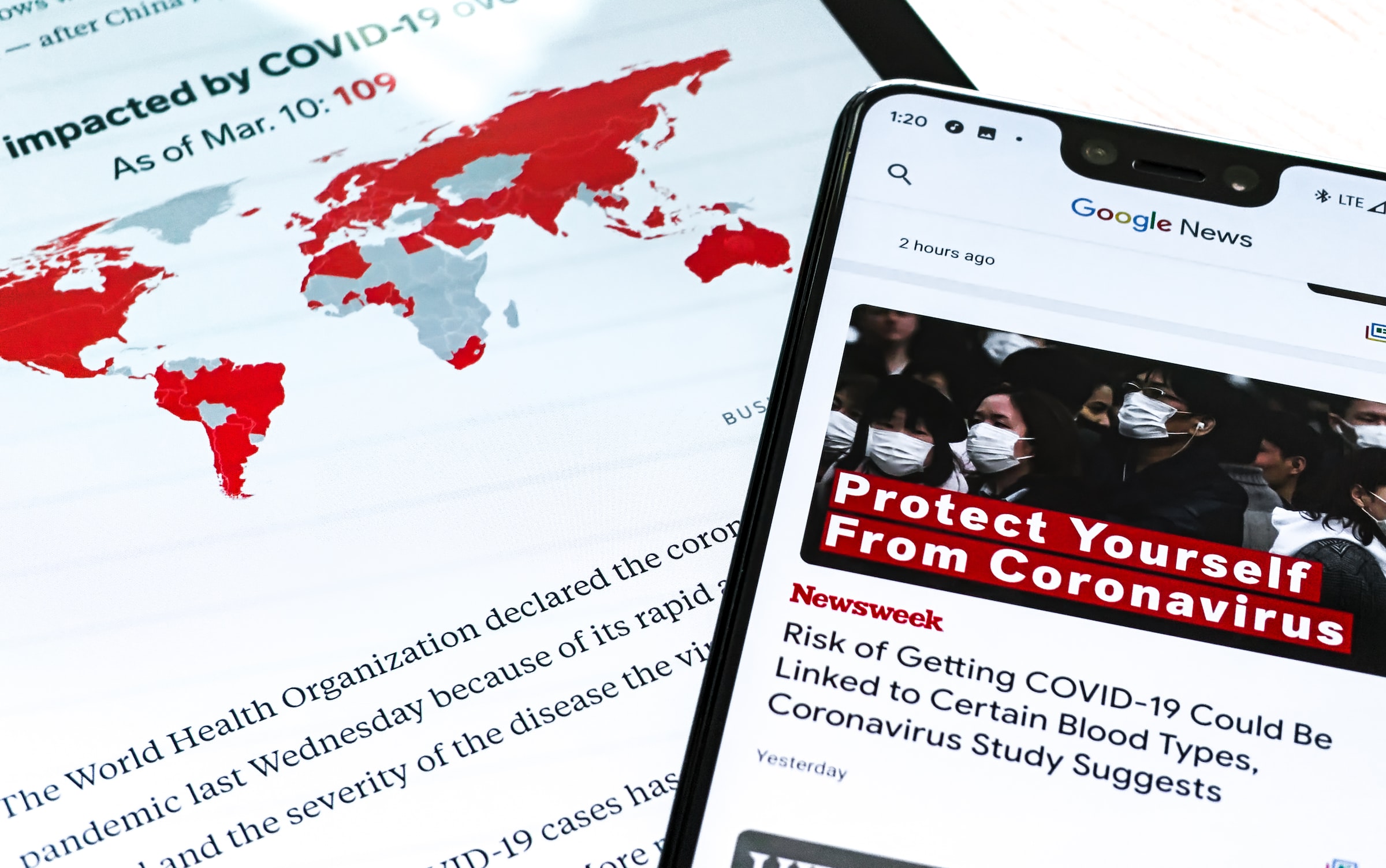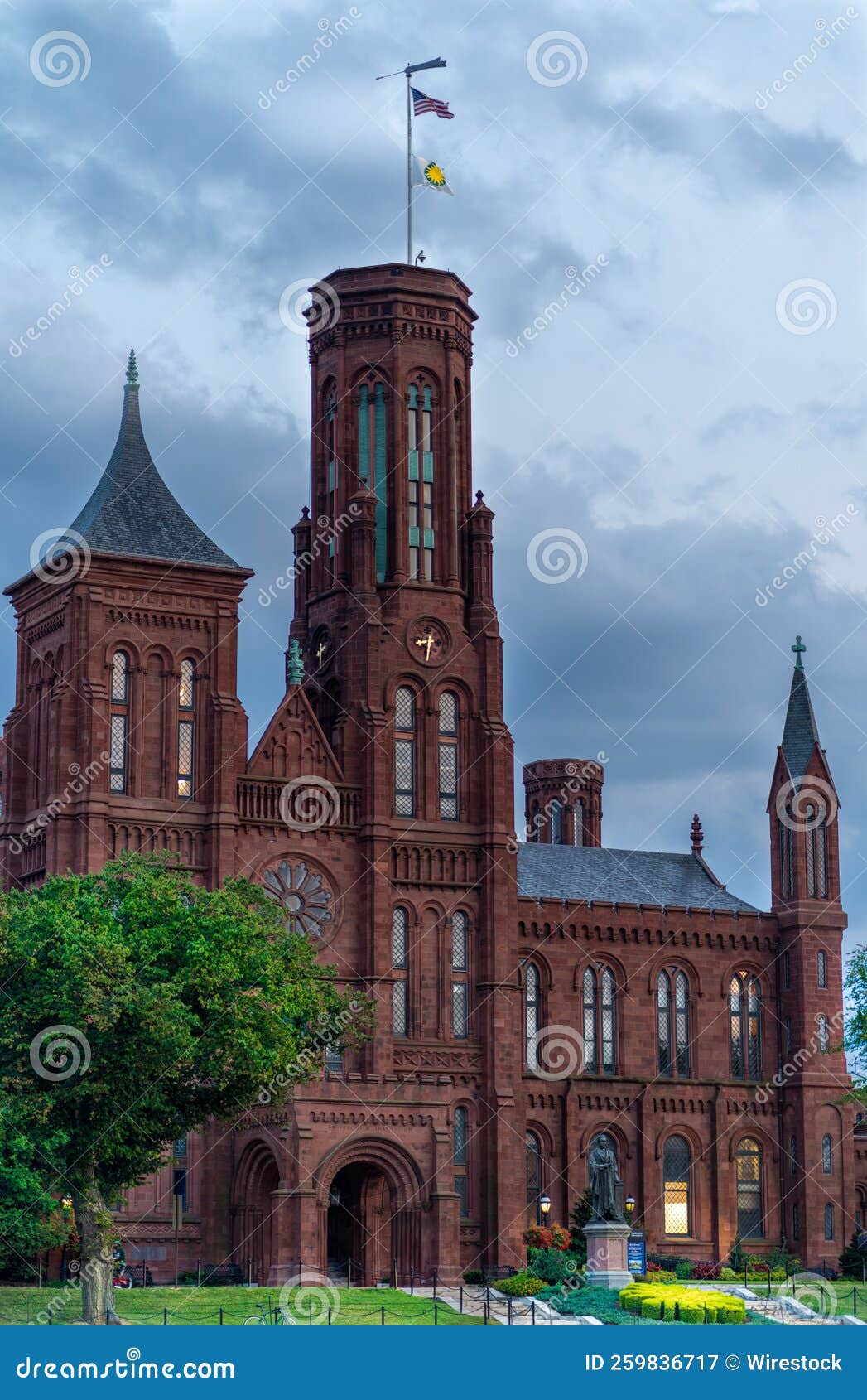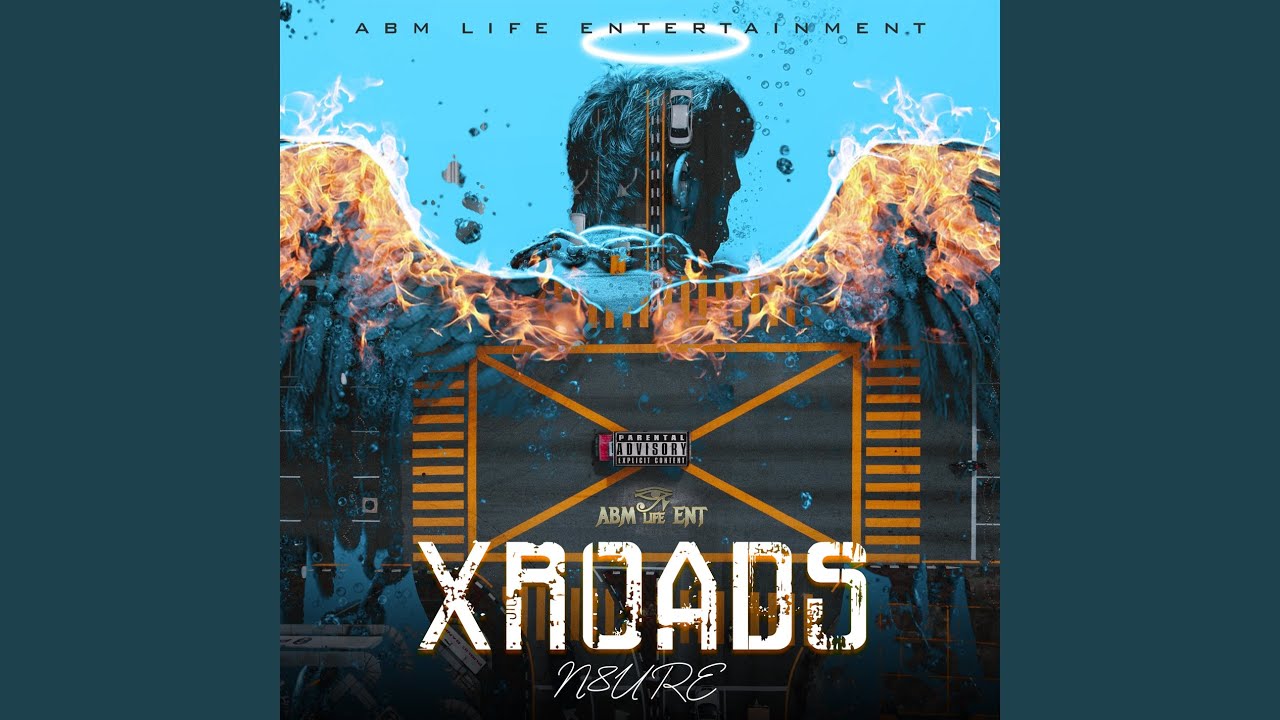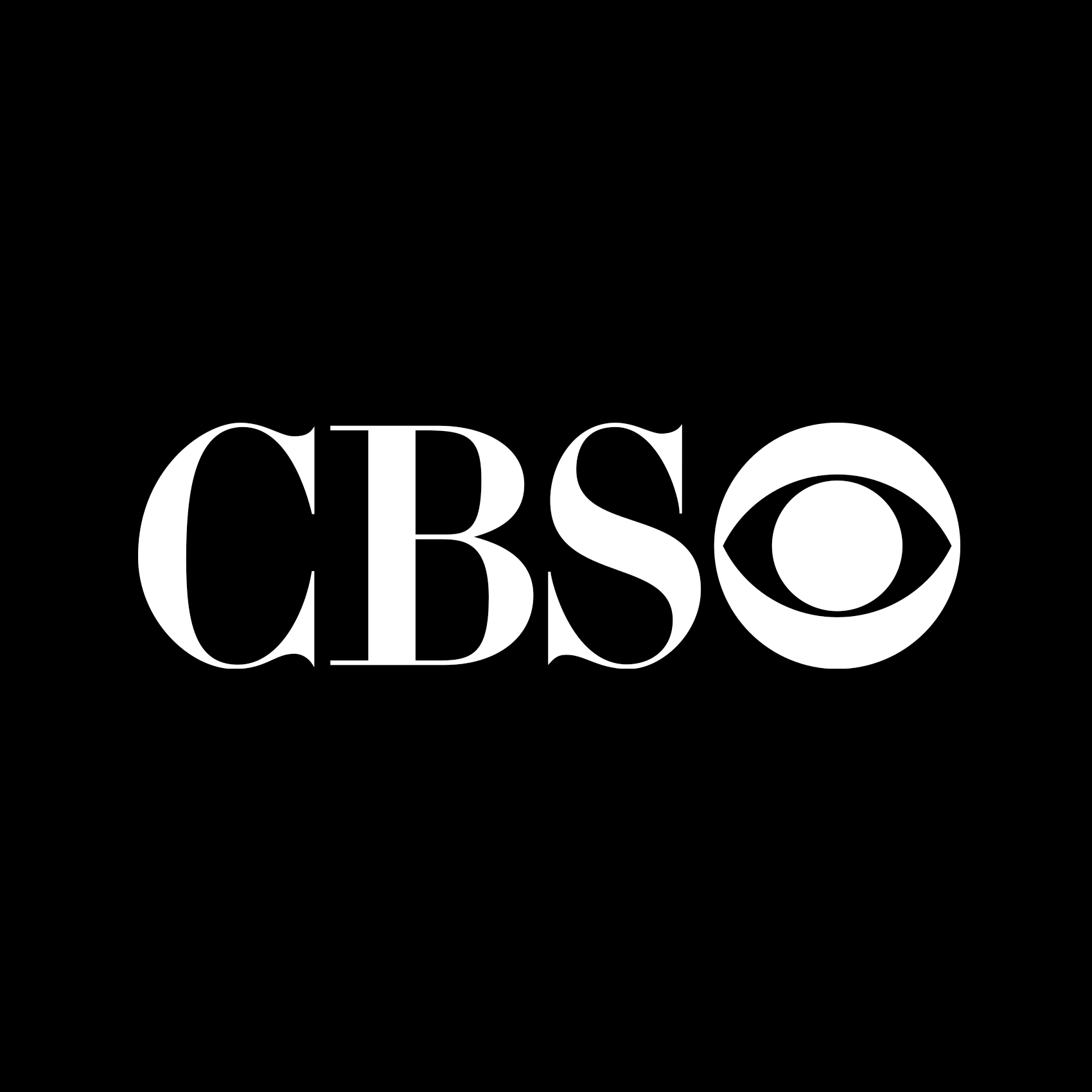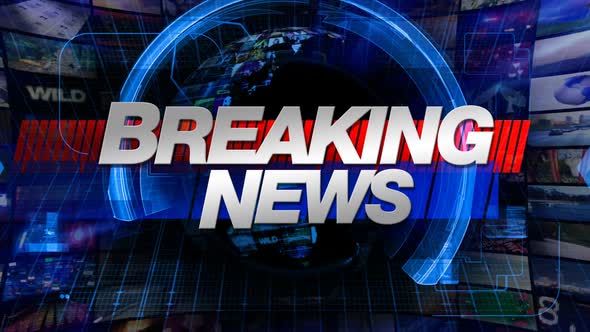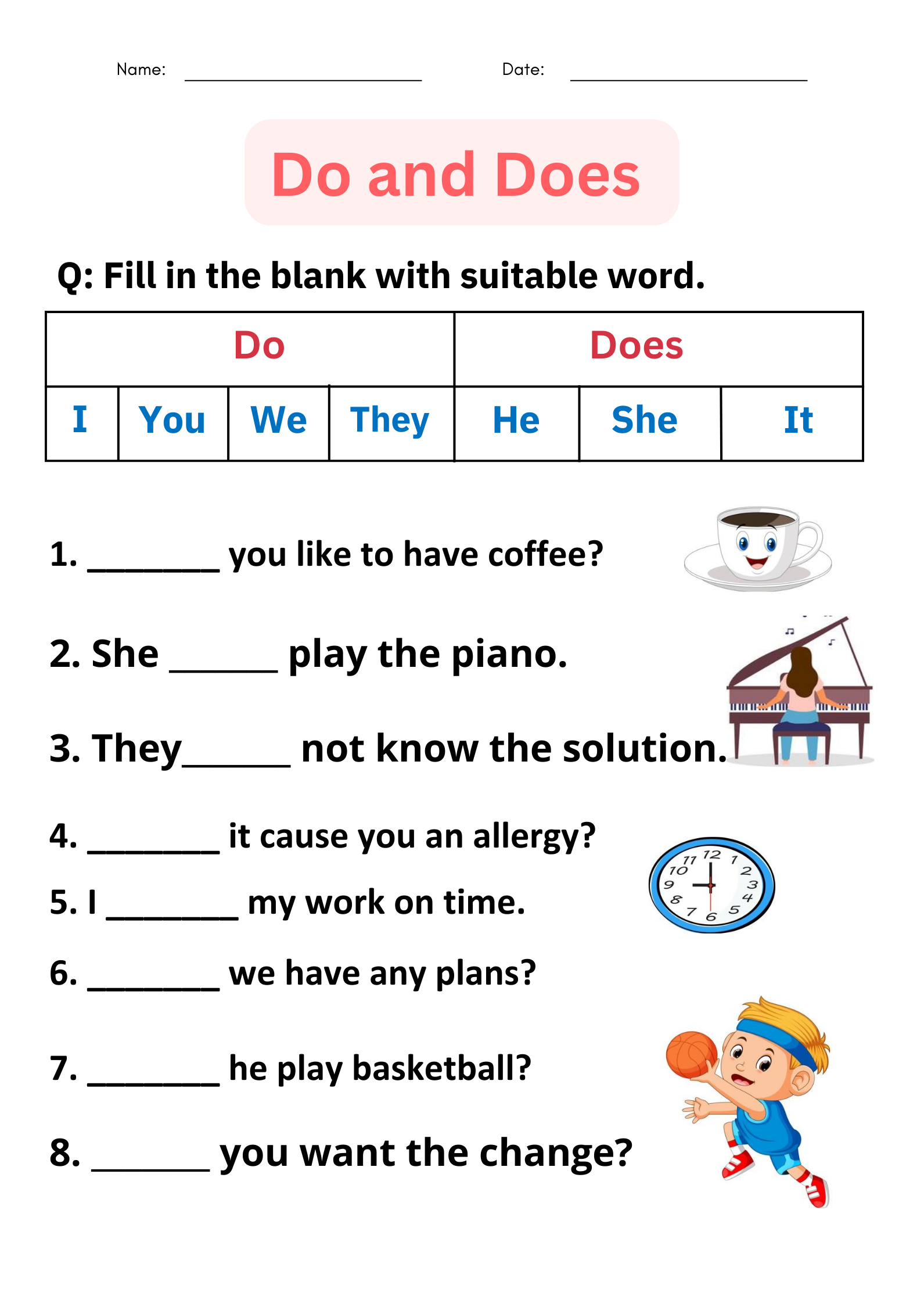Presidential Coverage: Which Institution Dominates National Press Attention
The presidential spotlight: America’s most covered institution
The White House stand as the near cover institution in American national press, command an outsized share of media attention compare to any other government body or organization. This concentration of coverage reflect both the constitutional importance of the presidency and the media’s understanding of what capture public interest.
Presidential activities, statements, and decisions generate thousands of news stories everyday across television, print, and digital platforms. Major news networks dedicate substantial resources to White House correspondents, while newspapers assign their virtually experienced political reporters to cover presidential affairs. This institutional focus creates a media ecosystem where presidential actions frequently overshadow evenly important developments in other branches of government.
Measure media coverage across institutions
Media monitor organizations track coverage volume use sophisticated analytics that measure story frequency, airtime allocation, and digital engagement metrics. These measurements systematically show the presidency receive roughly 40 50 % of all federal government coverage, far exceed congress, the supreme court, or federal agencies combine.
Television news programs specially emphasize presidential coverage, with evening broadcasts typically lead with white house stories unless major breaking news occur elsewhere. Cable news channels frequently dedicate entire segments to analyze presidential tweets, speeches, or policy announcements, create a multiplier effect that amplify white house visibility.
Print media follow similar patterns, with front page presidential stories appear more oftentimes than coverage of other institutions. Digital platforms compound this effect through social media sharing, where presidential content generate higher engagement rates than stories about other government bodies.
Congressional coverage: the second place institution
Congress receive the secondment highest level of national press coverage, though importantly less than the presidency. House and senate activities generate substantial media attention during major legislative battles, confirmation hearings, or investigative proceedings.
Congressional coverage tend to be episodic quite than continuous, spike during dramatic moments like impeachment proceedings, budget negotiations, or high profile committee hearings. Individual lawmakers occasionally break through the coverage threshold when involve in significant controversies or when lead major legislative initiatives.
Leadership figures within congress command more consistent attention than rank and file members. The speaker of the house, senate majority leader, and committee chairs receive regular coverage, though silent far less than presidential coverage. This hierarchical attention pattern reflect both journalistic resource constraints and audience interest levels.
Supreme court: periodic but intense coverage
The supreme court generates intense but intermittent national press coverage, with attention concentrate around major decision announcements and confirmation processes. Unlike the presidency’s daily coverage, supreme court stories tend to cluster around the court’s calendar and significant cases.
Constitutional cases involve hot button issues like reproductive rights, gun control, or religious freedom can dominate news cycles for weeks. Notwithstanding, the court’s deliberative nature and limited public communications create coverage gaps that other institutions fill.
Justice nominations trigger massive media attention comparable to presidential campaign coverage, but these events occur infrequently. The confirmation process for supreme court justices has become progressively politicized, lead to more sustained coverage than historically typical.
Federal agencies: specialized but limited coverage
Federal agencies like the FBI, CIA, Federal Reserve, and CDC receive target coverage relate to their specific mandates but seldom achieve the broad visibility of the presidency or congress. Agency coverage oftentimes focus on crisis situations, policy changes, or leadership transitions.
The Federal Reserve garner significant business media attention, specially around interest rate decisions and economic policy announcements. Yet, this coverage remains mostly confine to financial news outlets quite than general interest media.
Intelligence agencies receive sporadic but intense coverage during national security events or investigations involve public figures. The FBI’s activities generate particular media interest when intersect with political figures or major criminal cases.

Source: dreamstime.com
State and local institutions: regional variations
While national press coverage focus intemperately on federal institutions, state and local government bodies occasionally break through to national attention. Governor races in large states, major city elections, and state level policy innovations can generate significant national coverage.
State supreme courts handle nationwide relevant cases sometimes achieve brief national prominence. Local institutions typically require extraordinary circumstances — natural disasters, major crimes, or unique policy developments — to attract sustained national press attention.
Regional media outlets maintain different coverage priorities, oftentimes give more attention to state legislatures, governor’s offices, and local institutions than national outlets provide. This creates vary coverage landscapes across different media markets.
Corporate and non-governmental institutions
Major corporations occasionally rival government institutions for national press coverage, peculiarly during crises, major acquisitions, or when lead by high profile executives. Technology companies like apple, google, and Facebook receive substantial ongoing coverage due to their societal impact.
Non-profit organizations and advocacy groups typically receive coverage tie to specific issues or events instead than institutional coverage. Universities, think tanks, and research institutions generate coverage around their findings or when faculty become involved in public policy debates.
Religious institutions receive coverage that vary importantly base on current events, leadership changes, or social issues. The Catholic Church, major protestant denominations, and other faith communities generate periodic national attention but seldom sustain daily coverage levels.
Factors drive coverage decisions
Several factors explain why the presidency dominate national press coverage. Constitutional authority concentrate significant power in the executive branch, make presidential decisions inherently newsworthy. The presidency’s singular nature create clear accountability and narrative focus that appeal to both journalists and audiences.
Media economics besides favor presidential coverage. White House stories typically generate higher audience engagement than other institutional coverage, drive advertising revenue and subscription metrics that influence editorial decisions. The presidency provide reliable content that fill news cycles during differently slow periods.
Logistical considerations matter importantly. The White House provides structured access through press briefings, photo opportunities, and organize events that facilitate coverage. Other institutions oftentimes lack comparable media infrastructure, make them more difficult and expensive to cover systematically.
Digital age impact on coverage patterns
Social media has amplified presidential coverage dominance by provide direct communication channels that bypass traditional media gatekeepers. Presidential social media posts generate immediate news stories and analysis, create additional coverage layers beyond traditional institutional activities.
Digital analytics allow news organizations to track audience preferences in real time, reinforce coverage patterns that generate high engagement. Presidential content systematically performs substantially in digital metrics, encourage continued emphasis on white house coverage.
Online platforms enable more specialized institutional coverage through niche publications and expert commentators. Notwithstanding, these specialized outlets typically reach smaller audiences than mainstream media focus on presidential coverage.
International comparisons and perspectives
Parliamentary systems oftentimes distribute media attention more equally across institutions than the American presidential system. Prime ministers share coverage with party leadership, parliament, and other government figures in ways that create different media landscapes.
International coverage of American institutions intemperately emphasize the presidency, reinforce its global prominence. Foreign media outlets typically maintain White House correspondents while provide limited coverage of congress or other American institutions.
Comparative studies suggest that presidential systems broadly concentrate media attention on executive leadership more than parliamentary systems, though cultural and media structure differences complicate direct comparisons.

Source: theclio.com
Future trends in institutional coverage
Media fragmentation may gradually alter institutional coverage patterns as audiences seek more specialized content. Niche outlets focus on specific institutions or policy areas could develop sustainable business models serve targeted audiences.
Technological changes in news-gathering and distribution might reduce the logistical advantages that presently favor presidential coverage. Virtual access and digital communication tools could make other institutions more accessible to media coverage.
Generational changes in media consumption habits may influence which institutions receive attention, peculiarly as younger audiences engage with news through different platforms and formats than traditional media consumers.
The presidency’s dominance in national press coverage reflect constitutional design, media economics, and audience preferences that reinforce each other. While other institutions sporadically capture significant attention, none match the sustain, comprehensive coverage that the White House receive across all media platforms and formats.
MORE FROM dealdetectivepro.com
